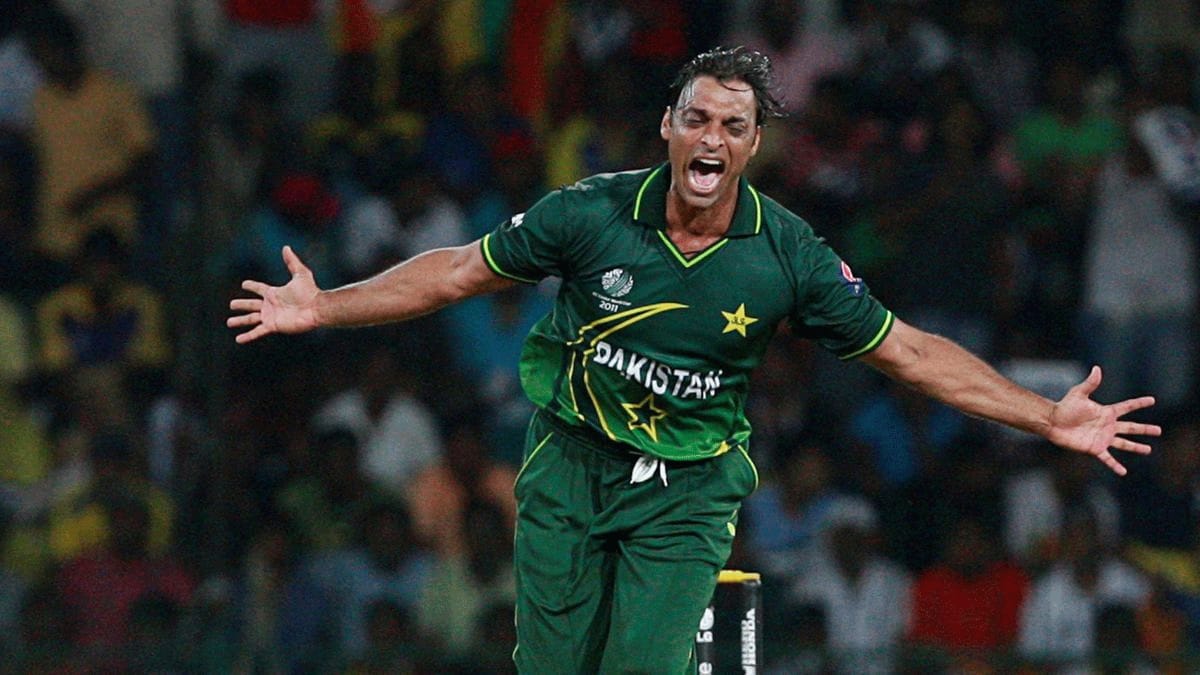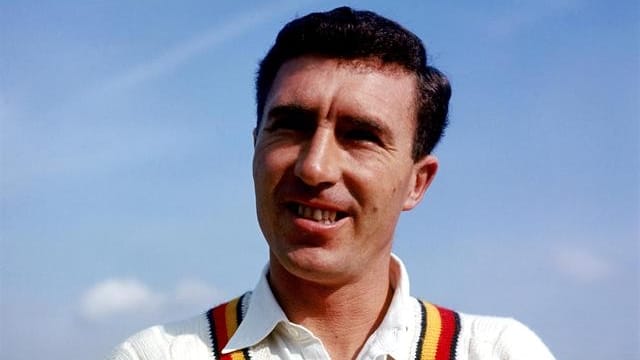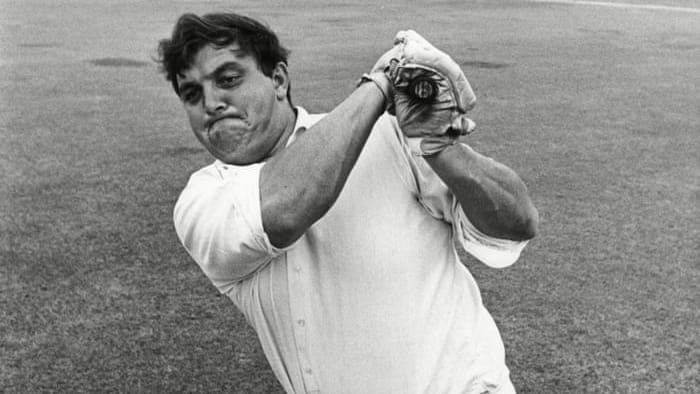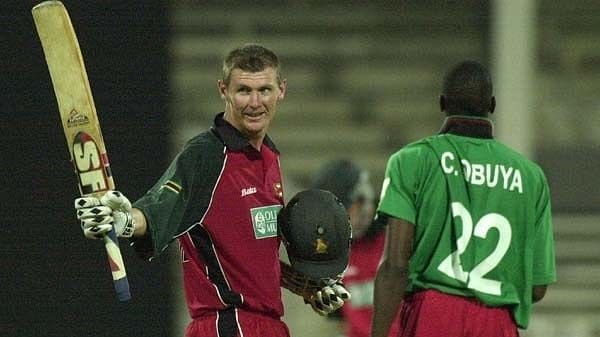Cricket demands athleticism and skill. Yet, throughout history, some of the handicapped cricket players are inspiring figures have faced physical challenges that would deter most.
From bowlers with weakened limbs to batsmen with impaired vision, these extraordinary athletes prove that determination and a love for the sport know no limits.
List of 10 handicapped cricket players
1. Shoaib Akhtar (Pakistan)

Condition: Flat feet and hypermobility in joints, leading to painful knee swelling.
Shoaib, nicknamed the “Rawalpindi Express,” had flexible joints that sometimes caused him pain. But this flexibility also helped him bowl with incredible speed and a unique action.
He showed aspiring fast bowlers that they shouldn’t try to be like everyone else – their differences can make them great.
2. Mansoor Ali Khan Pataudi (India)

Condition: Lost sight in his right eye due to a car accident.
Pataudi, also called “Tiger” Pataudi, overcame a serious eye injury that could have ended his cricket dreams. He had to retrain his reflexes and completely adjust his game.
His leadership and determination led to India’s historic first overseas Test series victory, making him a true legend.
3. Bhagwat Chandrasekhar (India)

Condition: Affected by polio, which left him with a withered right arm.
Chandrasekhar’s polio-affected arm meant he couldn’t bowl with brute force. Instead, he became a master of deception! He learned to spin the ball in unpredictable ways, confusing even the best batsmen.
His success proves that skill and strategy can sometimes be more powerful than raw strength.
4. Tony Greig (England)

Condition: Suffered from epilepsy.
Greig was a fierce competitor and an all-around cricketing star despite living with epilepsy. He showed people that this condition doesn’t have to limit you.
His impact extended beyond his playing days – he became a respected commentator, educating and entertaining fans worldwide.
5. Len Hutton (England)

Condition: Asymmetrical arms resulting from a childhood injury.
Hutton faced the challenge of unevenly developed arms due to a childhood injury. He overcame this with extraordinary technique and focus.
His batting achievements are legendary, inspiring players everywhere to believe they can conquer any physical obstacle through dedication.
6. Fred Titmus (England)

Condition: Lost four toes in a boating accident.
Even after a boating accident cost him some toes, Titmus refused to give up on cricket. His amazing accuracy and never-say-die attitude earned him respect as one of England’s top bowlers.
He’s a symbol of how willpower can triumph over unexpected setbacks.
7. Colin Milburn (England)

Condition: Lost an eye in a car accident.
“Ollie” Milburn’s career was sadly cut short after losing an eye in a car accident. However, he’s remembered for his brave spirit and aggressive batting style before the injury.
He taught everyone that cricket is a mental battle, too, and risks can lead to big rewards on the pitch.
8. Martin Guptill (New Zealand)

Condition: Missing two toes on his left foot due to a childhood forklift accident.
Guptill’s missing toes are a result of a childhood forklift accident, but he hasn’t let that stop him. He’s become one of New Zealand’s top scorers and is known for his fearless batting.
He’s a reminder that with the right mindset and work ethic, you can achieve great things.
9. Douglas Marillier (Zimbabwe)

Condition: Born with an underdeveloped right hand.
A hand condition meant Marillier couldn’t hold the bat the usual way. Instead of giving up, he got creative and invented the “Marillier shot” – a now-famous scoop shot over the wicketkeeper.
He’s proof that innovation and facing challenges head-on can make you a game-changer.
10. Gary Balance (Zimbabwe/England)

Condition: Erb’s Palsy, affecting nerves in his left shoulder.
Balance’s Erb’s Palsy affects his shoulder, but he learned to adapt his technique to succeed in international cricket. He’s a role model, showing that even with a physical challenge, you can compete at the highest level if you believe in yourself.
Conclusion: The Legacy of Unbreakable Spirits
These cricketers aren’t just exceptional athletes; they’re role models. Their stories redefine what’s possible, reminding us that passion, perseverance, and a willingness to adapt can overcome any perceived limitation.
Their legacies extend far beyond the boundary – they inspire us all to smash the barriers we face, both on and off the field.
James Paul is a former first-class cricketer and passionate cricket analyst. His decades of experience on the field and his love for the game shape his insights into the strategies and personalities that define world-class cricket.
